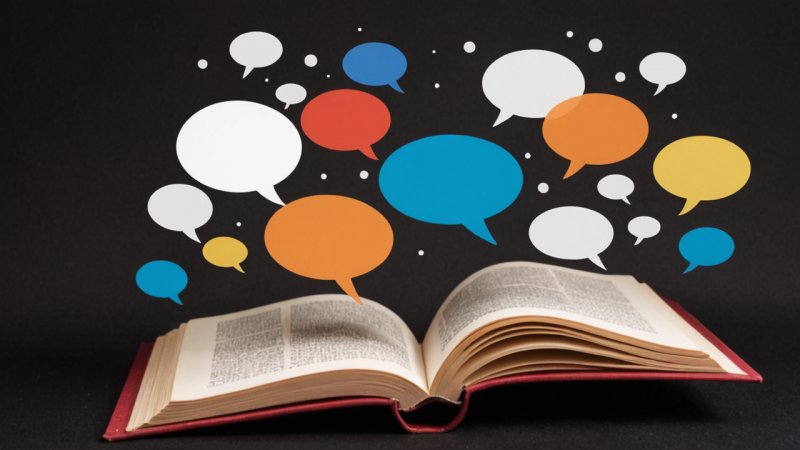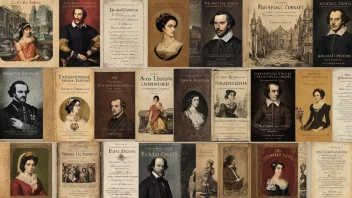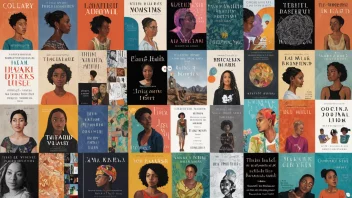Dialogue serves as the lifeblood of fiction, breathing life into characters and propelling plots forward. It is through dialogue that readers engage with the story, develop empathy for characters, and experience the emotional core of a narrative. This article compares two crucial aspects of dialogue in fiction: authentic conversations and stylized exchanges. Both elements serve distinct purposes in storytelling, and understanding their nuances can enhance a writer's craft.
Authentic Conversations
Authentic conversations in fiction mirror real-life dialogue, capturing the nuances of speech, including pauses, interruptions, and the natural ebb and flow of communication. They aim to create relatable characters and immersive experiences for readers.
Pros of Authentic Conversations
- Realism: Authentic dialogue reflects everyday speech, allowing readers to connect with characters on a deeper level.
- Character Development: Genuine speech patterns help define characters' personalities, backgrounds, and motivations.
- Emotional Depth: Realistic exchanges can evoke genuine emotions, drawing readers into the characters' experiences.
Cons of Authentic Conversations
- Potential for Lengthiness: Mimicking real-life dialogue may lead to excessive wordiness or irrelevant details.
- Risk of Confusion: Readers unfamiliar with the setting or context may struggle to follow authentic speech.
- Slower Pacing: Extended dialogue can impede narrative momentum if not balanced with action and description.
Stylized Exchanges
Conversely, stylized dialogue is crafted with artistic intent, often prioritizing rhythm, wit, or thematic resonance over realism. This type of dialogue can enhance the literary quality of a work and create memorable moments.
Pros of Stylized Exchanges
- Enhanced Literary Style: Stylized dialogue allows for creative expression and can elevate the overall tone of a work.
- Memorable Quotes: Well-crafted lines can resonate with readers, becoming quotable moments that linger long after reading.
- Focus on Themes: This type of dialogue can reinforce central themes and ideas, creating a deeper reading experience.
Cons of Stylized Exchanges
- Less Relatability: Stylized dialogue may feel artificial, distancing readers from the characters.
- Potential for Overwriting: Writers might prioritize style over substance, leading to dialogue that feels forced or contrived.
- Inconsistent Character Voice: If not careful, stylized dialogue can lead to characters sounding too similar, lacking distinct voices.
Key Differences
The primary distinction between authentic conversations and stylized exchanges lies in their intent and execution. While authentic dialogue seeks to replicate real-life interactions, stylized dialogue aims for artistic expression. Authentic conversations prioritize realism and emotional engagement, while stylized exchanges focus on creativity and thematic resonance.
When to Use Each Type
Understanding when to utilize authentic or stylized dialogue can greatly impact a narrative's effectiveness. Writers should consider the following:
- Character Context: For characters in realistic settings, authentic dialogue may enhance relatability, while stylized exchanges may suit fantastical or exaggerated worlds.
- Tone and Genre: Different genres benefit from different dialogue styles; for example, literary fiction may favor stylized dialogue, while contemporary fiction often relies on authentic conversations.
- Scene Purpose: Dialogue that advances the plot or deepens character relationships may require authenticity, whereas dialogue meant to create dramatic tension or humor may benefit from stylization.
Conclusion
In summary, both authentic conversations and stylized exchanges play vital roles in fiction. Authentic dialogue fosters realism and emotional connection, while stylized dialogue offers creative flair and thematic depth. Writers should strive for a balance, employing each style effectively to enrich their narratives. Ultimately, the key lies in understanding the needs of the story and the characters, allowing dialogue to serve as a powerful tool in the storytelling arsenal.






